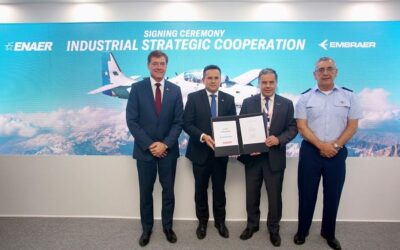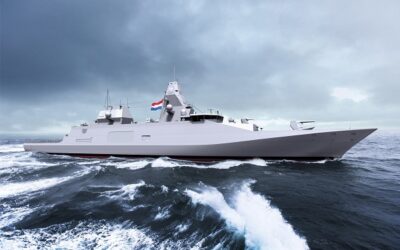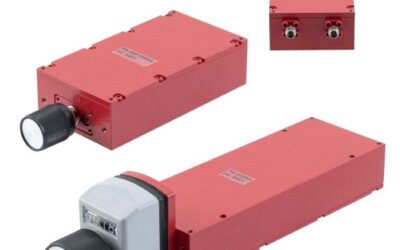Further Step in Company’s Intelligent Engine Vision
At Farnborough on 18 July Rolls-Royce, teamed with industrial partners and academics from Nottingham and Harvard Universities, demonstrated a wide range of potential future technologies that could be used to revolutionise the future of engine maintenance and give additional impetus to the IntelligentEngine vision it revealed at the Singapore Airshow earlier this year.
The robotic technologies displayed each represent an opportunity to improve the way engine maintenance is delivered, for example by speeding up inspection processes or by removing the need to take an engine off an aircraft in order to perform maintenance work. This has the potential to offer significant benefits for customers by reducing the cost of engine maintenance, increasing the availability of an engine and ensuring any maintenance required is completed as quickly as possible.
The technologies on display were at varying levels of maturity, and included:
- SWARM robots – a set of collaborative, miniature robots, each around 10mm in diameter, which would be deposited in the centre of an engine via a ‘snake’ robot and would then perform a visual inspection of hard-to-reach areas by crawling through the engine. These robots would carry small cameras that provide a live video feed back to the operator, allowing them to complete a rapid visual inspection of the engine without having to remove it from the aircraft. This project is a partnership between Rolls-Royce, Harvard University and the University of Nottingham;
- INSPECT robots – a network of ‘periscopes’ permanently embedded within the engine, enabling it to inspect itself using the periscope cameras to spot and report any maintenance requirements. These pencil-sized robots are thermally protected from the extreme heat generated within an engine and the visual data they create would be used alongside the millions of data points already generated by today’s engines as part of their Engine Health Monitoring systems. This project is a partnership between Rolls-Royce, Oxsensis, BJR Systems, Roke Manor and the University of Nottingham;
- Remote boreblending robots – teams from Rolls-Royce and the University of Nottingham have worked together to develop a robotic boreblending machine that can be remotely controlled by specialist engineers. In practice, this means that complicated maintenance tasks, such as repairing damaged compressor blades using lasers to grind parts, could be completed by non-expert ‘local’ teams who would simply install the tool in the engine and then hand control of it over to a dedicated expert back in Rolls-Royce’s Aircraft Availability Centre, who would then direct its work remotely. This removes the need for specialist teams to travel to the location of an aircraft needing maintenance, vastly reducing the time required to return it to service;
- FLARE – a pair of ‘snake’ robots, flexible enough to travel through an engine, like an endoscope, before collaborating to carrying out patch repairs to damaged thermal barrier coatings. This project is a partnership between Rolls-Royce, University of Nottingham and Metallisation.
“The advancements we are making in robotics are a great example of us bringing our IntelligentEngine vision to life. By exploring how we might use the rapid progress we are seeing in fields such as digital and robotics, we are ensuring that Rolls-Royce will continue to lead the way in service innovation, offering the very best value for our customers,” commented Rolls-Royce Senior Vice President, Marketing, Richard Goodhead.
“While some of these technologies, such as the SWARM robots, are still a long way from becoming an everyday reality, others, such as the remote boreblending robot, are already being tested and will begin to be introduced over the next few years. We have a great network of partners who support our work in this field and it is clear that this is an area with the potential to revolutionise how we think about engine maintenance,” added On-Wing Technology Specialist, Dr. James Kell.
Rolls-Royce works on robotics in partnership with a wide range of research organisations around the world, including Harvard University and the University of Nottingham, which is a Rolls-Royce University Technology Centre (UTC). Each of Rolls-Royce’s 31 UTCs addresses a key technology; collectively they tackle a wide range of engineering disciplines, from combustion and aerodynamics to noise and manufacturing technology. This consistent strategy of developing long-term relationships with universities has provided Rolls-Royce with close contact to world-class academic institutions and given the business access to a wealth of talent and creativity to support its vision. In 2017 Rolls-Royce invested £1.4 billion on research and development.

























